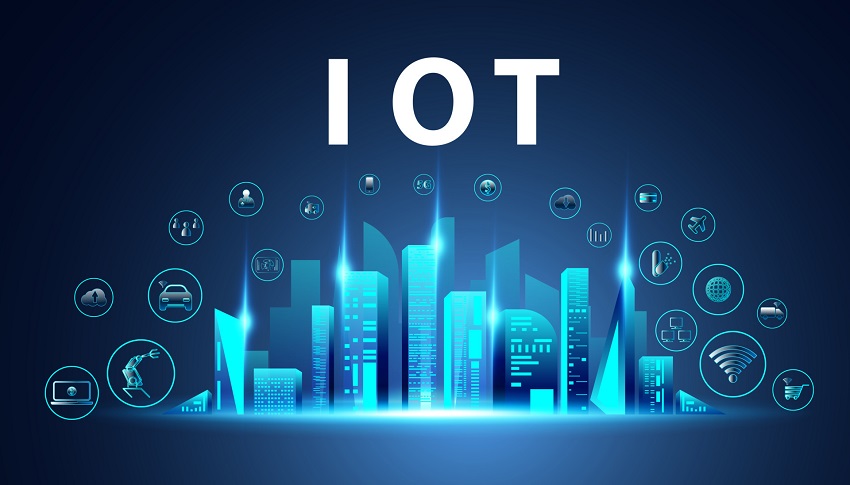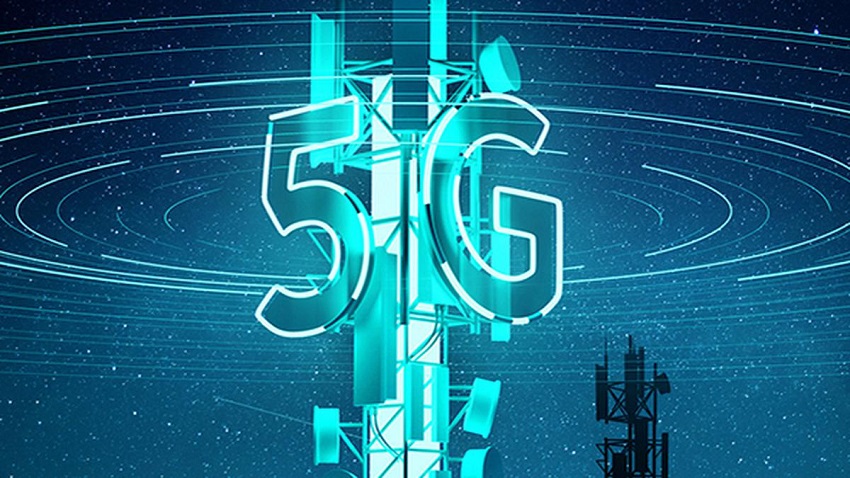In the ever-evolving landscape of technology, the advent of 5G has brought forth a new era of connectivity and possibilities. With the rise of the Internet of Things (IoT), it is crucial to understand the frequency at which 5G operates to fully grasp the potential it holds for this interconnected world. In this article, we will delve into the frequency spectrum of 5G IoT, its implications, and explore some brands, models, research data, and examples to provide a comprehensive understanding. This content is presented by https://www.arqweb.com/
Introduction to 5G IoT
Before we dive into the specifics of 5G IoT frequency, let’s briefly understand what 5G and IoT mean. 5G, the fifth generation of wireless technology, offers faster speeds, lower latency, and greater capacity compared to its predecessors. IoT, on the other hand, refers to the interconnection of various devices and objects, allowing them to communicate and exchange data seamlessly.
Frequency Bands for 5G IoT
5G operates across a range of frequency bands, each with its own characteristics and use cases. These bands can be broadly categorized into three main groups: low-band, mid-band, and high-band. Find out how does 5g technology enhance the internet of things iot.
1. Low-Band
Low-band frequencies, also known as sub-1 GHz, provide excellent coverage and penetration through obstacles. However, they offer limited bandwidth and are better suited for applications that require extensive coverage rather than high data speeds. Some of the frequency bands within the low-band spectrum used for 5G IoT are:
- 700 MHz
- 800 MHz
- 900 MHz
2. Mid-Band
Mid-band frequencies strike a balance between coverage and capacity. They offer higher data speeds compared to low-band frequencies while still providing reasonable coverage. Some of the frequency bands within the mid-band spectrum used for 5G IoT are:
- 5 GHz
- 5 GHz
- 9 GHz
3. High-Band
High-band frequencies, also referred to as millimeter-wave (mmWave), offer blazing-fast speeds but have limited coverage and lower penetration capabilities. These frequencies are ideal for applications that demand ultra-low latency and high data throughput. Some of the frequency bands within the high-band spectrum used for 5G IoT are:
- 24 GHz
- 28 GHz
- 39 GHz
Implications of 5G IoT Frequency
Understanding the frequency spectrum of 5G IoT is crucial for various reasons. Firstly, different frequency bands have different propagation characteristics, which can impact the coverage and signal strength of 5G IoT devices. For example, low-band frequencies can travel long distances and penetrate obstacles better, making them suitable for applications like smart agriculture or smart city infrastructure.
On the other hand, high-band frequencies offer immense data capacity but have limited range and can be easily attenuated by buildings and other obstructions. These frequencies are better suited for use cases that require high-speed data transfer, such as augmented reality (AR) and virtual reality (VR) applications.
Moreover, the frequency bands used for 5G IoT can vary across different countries and regions due to regulatory considerations. This necessitates compatibility between devices and networks operating within specific frequency ranges.
Several brands and models have embraced 5G IoT, showcasing the potential of this technology across various sectors. Let’s explore a few notable examples:
- Smart Cities: Cisco, a leading technology company, has partnered with multiple cities worldwide to implement 5G IoT solutions. These initiatives include smart lighting, waste management, and traffic control systems, all aimed at improving urban living.
- Healthcare: Philips, a renowned healthcare technology company, has leveraged 5G IoT to enhance patient care. With the integration of wearable devices and remote monitoring, healthcare professionals can access real-time patient data, enabling timely interventions and personalized treatments.
- Manufacturing: Siemens, a global manufacturing company, has adopted 5G IoT to optimize factory automation. By connecting machines, sensors, and robotics, they have achieved higher efficiency, reduced downtime, and improved overall productivity.
Research data further supports the benefits of 5G IoT. Studies have shown that utilizing higher frequency bands can lead to increased data capacity and lower latency, enabling real-time monitoring and control in critical applications. For instance, in agriculture, 5G IoT can enhance crop monitoring, irrigation systems, and automated farming techniques, resulting in improved yields and reduced resource consumption.
Conclusion
In conclusion, 5G IoT operates across different frequency bands, each catering to specific requirements and use cases. Understanding the frequency spectrum of 5G IoT is crucial for deploying successful applications and harnessing the full potential of this technology. Whether it’s the extensive coverage of low-band frequencies, the balance between coverage and capacity in mid-band frequencies, or the blazing-fast speeds of high-band frequencies, 5G IoT offers a wide range of possibilities for various industries and sectors.
So, as we move forward into this era of connectivity, let us embrace the power of 5G IoT and leverage its potential to revolutionize the way we live, work, and interact with the world around us.
FAQs
Q: What is the difference between 5G and 5G IoT?
A: 5G refers to the fifth generation of wireless technology, whereas 5G IoT specifically focuses on the integration of the Internet of Things devices within the 5G network.
Q: Can 5G IoT devices operate on multiple frequency bands simultaneously?
A: Yes, certain devices are designed to support multiple frequency bands, allowing them to operate on different spectra based on the availability and requirements.
Q: Are there any health concerns associated with 5G IoT frequencies?
A: Extensive research has been conducted to ensure the safety of 5G IoT frequencies. Regulatory bodies impose strict guidelines to limit exposure to electromagnetic radiation and ensure public safety.
Q: How does 5G IoT benefit the transportation sector?
A: 5G IoT enables real-time vehicle tracking, improved traffic management, and enhanced communication between vehicles, leading to safer and more efficient transportation systems.
Q: Which industries are expected to benefit the most from 5G IoT?
A: Industries such as healthcare, manufacturing, agriculture, smart cities, and logistics are expected to benefit significantly from the integration of 5G IoT technologies.

